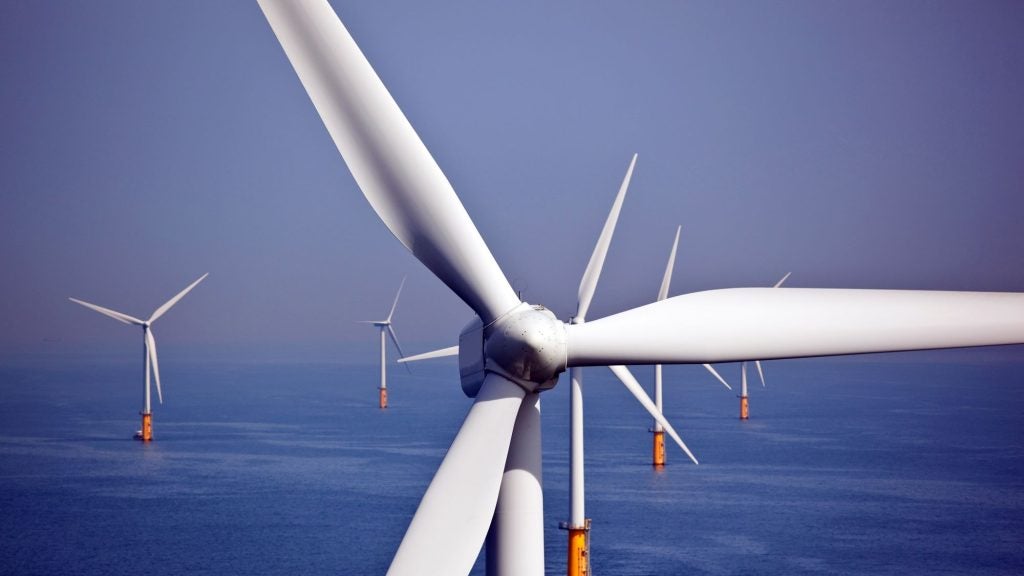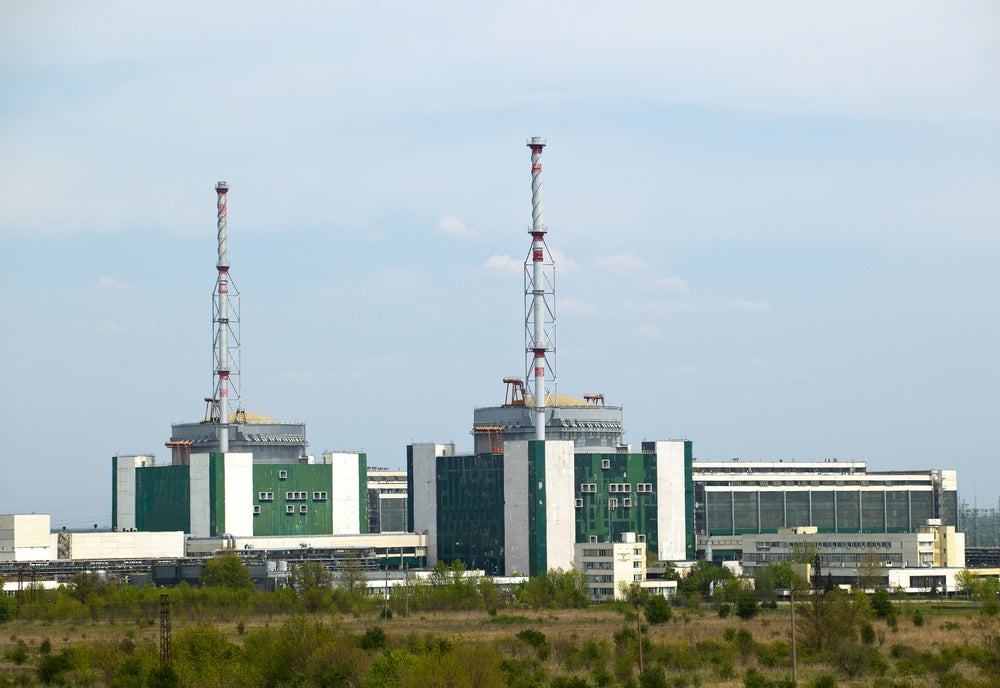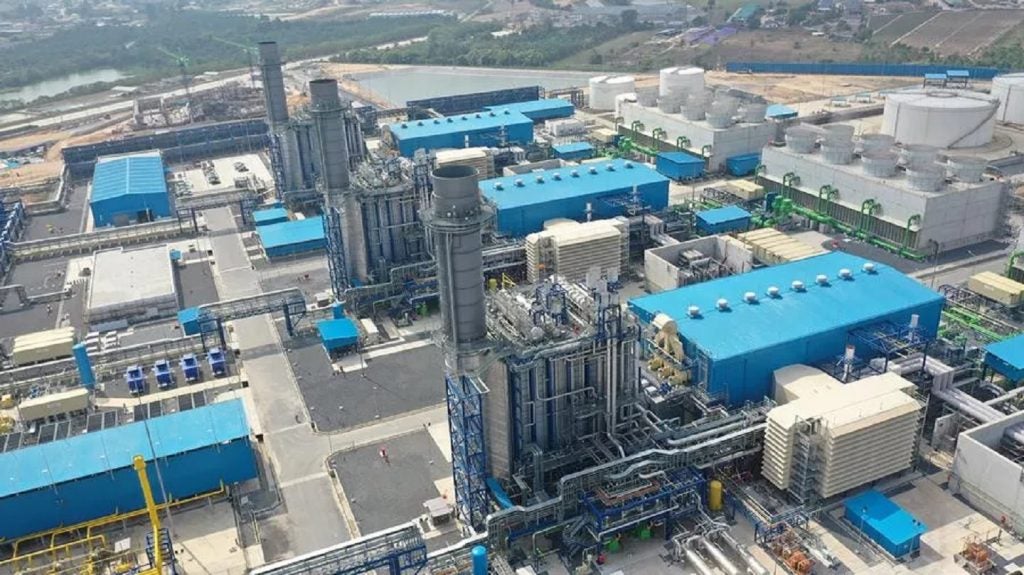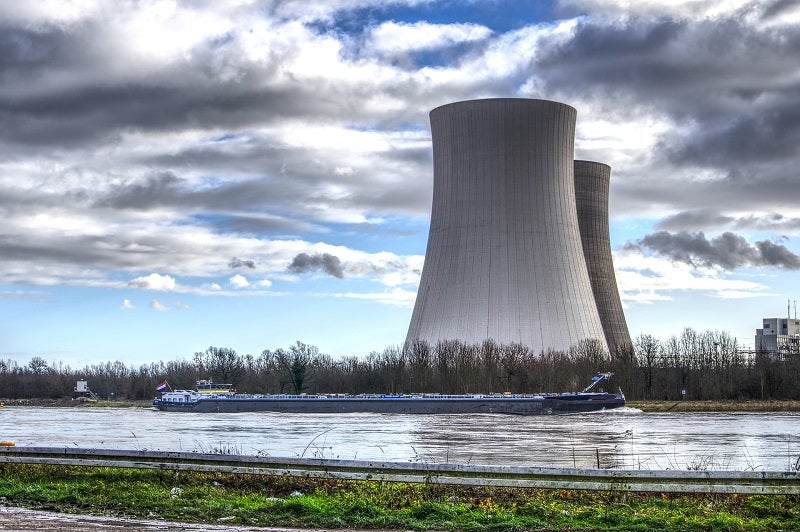Pengshui is a 1,750MW hydro power project. It is located on Wujiang river/basin in Chongqing, China. According to GlobalData, who tracks and profiles over 170,000 power plants worldwide, the project is currently active. It has been developed in a single phase. The project construction commenced in 2003 and subsequently entered into commercial operation in 2007. Buy the profile here.
Description
The project was developed by Chongqing Datang International Pengshui Hydropower Development. Datang International Power Generation, Chongqing City Construction Investment, Chongqing Dingtai Energy Sources (Group), Chongqing Tuoyuan Industry, Guizhou Development Investment and Wu Jiang Shui Dian are currently owning the project having ownership stake of 40%, 12%, 12%, 12%, 12% and 12% respectively.
Pengshui is a reservoir based project. The hydro reservoir capacity is 518 million cubic meter. The net head of the project is 67m. The project generated 6,351 GWh of electricity.
Development status
The project construction commenced in 2003 and subsequently entered into commercial operation in 2007.
Power purchase agreement
The power generated from the project is sold to State Grid Corporation of China under a power purchase agreement.
See Also:
Contractors involved
GE Renewable Energy was selected as the turbine supplier for the hydro power project. The company provided 5 units of francis turbines, each with 350MW nameplate capacity.
GE Renewable Energy supplied 5 electric generators for the project.
For more details on Pengshui, buy the profile here.
Premium Insights
From

The gold standard of business intelligence.
Blending expert knowledge with cutting-edge technology, GlobalData’s unrivalled proprietary data will enable you to decode what’s happening in your market. You can make better informed decisions and gain a future-proof advantage over your competitors.







